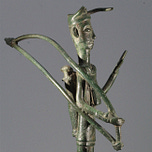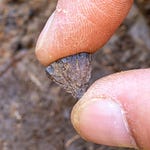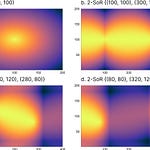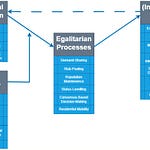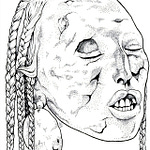On a windswept plateau in Sardinia, the remains of nuraghi rise like weathered chess pieces. These stone towers belong to the island’s Nuragic culture, which flourished in the late Bronze and early Iron Age. Scattered across the island are hundreds of miniature bronze figures—bronzetti—depicting warriors with horned helmets, archers, ships, animals, and deities. For more than a century, scholars debated where the metal for these figurines came from. A new study in PLOS One1 offers the clearest answer yet.
“The bronzetti were primarily made from copper sourced in Sardinia itself, sometimes blended with copper from the Iberian Peninsula,” explains Daniel Berger of the Curt-Engelhorn Center for Archaeometry, who led the geochemical analysis. “We found no evidence of copper from the Levant, which only became clear once we examined osmium isotopes.”

A Multi-Proxy Look at Metal
The team combined multiple isotope signatures—copper, tin, lead, and osmium—to build a geochemical fingerprint of each figurine. This “multi-proxy” approach revealed a kind of ancient recipe book: local copper mixed strategically with imported Iberian copper and imported tin. Although Sardinia had its own tin and lead deposits, these were not used for the bronzetti, suggesting deliberate sourcing choices.
“Archaeological methods give us the context,” says Helle Vandkilde of Aarhus University. “But it is the isotope data that allow us to pinpoint the origin of the metals and even detect strategic mixing, perhaps to influence the color or hardness of the final objects.”
The study covered bronzetti from three of the island’s largest Nuragic shrines, showing remarkably similar chemical signatures across sites. This consistency implies shared production standards and widespread coordination, not isolated local workshops.
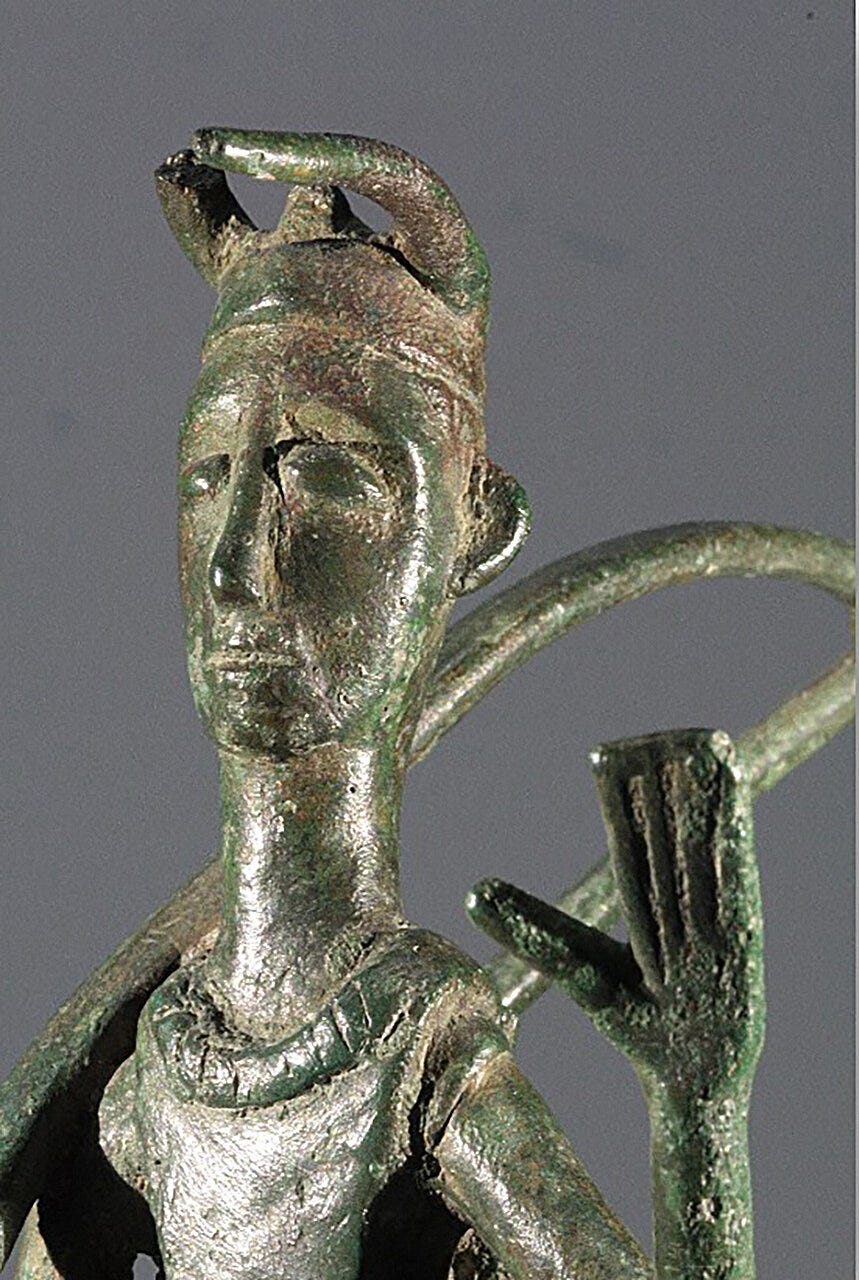
Horned Helmets and Northern Echoes
The bronzetti also reframe a bigger question: how far did these Mediterranean networks reach? For Vandkilde’s team, the answer extends all the way to northern Europe.
“We only have to think of the Viksø helmets or the warriors on Scandinavian petroglyphs wearing horned helmets,” says Heide Wrobel Nørgaard of Moesgaard Museum. “With new knowledge about where the metal for these figures came from, we are one step closer to mapping the connections between Sardinia and Scandinavia.”
Iconography links Sardinia and the Nordic Bronze Age between 1000 and 800 BCE. Horned helmets appear in both regions, from Sardinia’s bronze miniatures to giant stone carvings in Sweden. The new isotopic data make it harder to dismiss these similarities as coincidence. Instead, they hint at overlapping ritual spheres or exchange networks stretching from the central Mediterranean to the Baltic.
Bronze Age Connectivity Reconsidered
This research adds to a growing body of evidence suggesting that the late Bronze Age was a time of unprecedented connectivity. The Sardinian data echo findings from British middens, where isotopes show animals transported hundreds of kilometers for communal feasting, and from tin-trade studies tracing Cornish metal to the eastern Mediterranean.
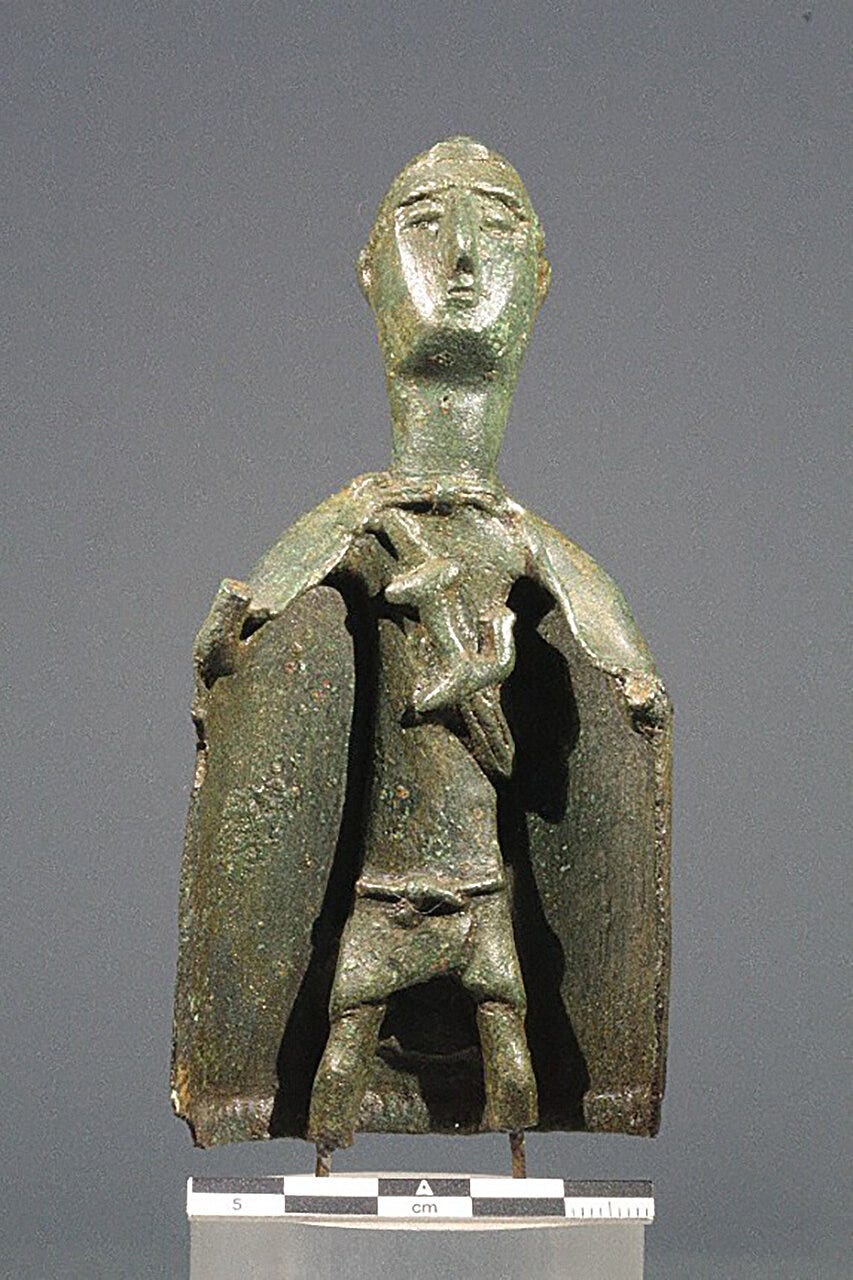
By pulling chemical signatures from artifacts as small as a figurine, archaeologists can reconstruct the movements of goods, ideas, and people. These patterns challenge the idea of insular cultures and instead reveal webs of interaction spanning seas and millennia.
“Having the opportunity to analyze the famous bronze figures from Sardinia is an important step toward understanding how the island was a central piece of the metal trade during the Bronze Age,” says Berger.
Related Research
Ling, J., Hjärthner-Holdar, E., Grandin, L., Stos-Gale, Z., Kristiansen, K., Melheim, L., … & Mårtensson, A. (2014). Moving metals or indigenous mining? Provenancing Scandinavian Bronze Age artefacts by lead isotopes and trace elements. Journal of Archaeological Science, 41, 106–132. https://doi.org/10.1016/j.jas.2013.07.018
Sabatini, S., & Bergerbrant, S. (Eds.). (2020). The World of the Nordic Bronze Age. Oxbow Books.
Wood, B. J., & Williams, J. (2022). Tin isotopes and the Bronze Age trade networks. Antiquity, 96(389), 1023–1040. https://doi.org/10.15184/aqy.2022.73
Berger, D., Matta, V., Ialongo, N., Nørgaard, H. W., Salis, G., Brauns, M., Holst, M. K., & Vandkilde, H. (2025). Multiproxy analysis unwraps origin and fabrication biographies of Sardinian figurines: On the trail of metal-driven interaction and mixing practices in the early first millennium BCE. PloS One, 20(9), e0328268. https://doi.org/10.1371/journal.pone.0328268

